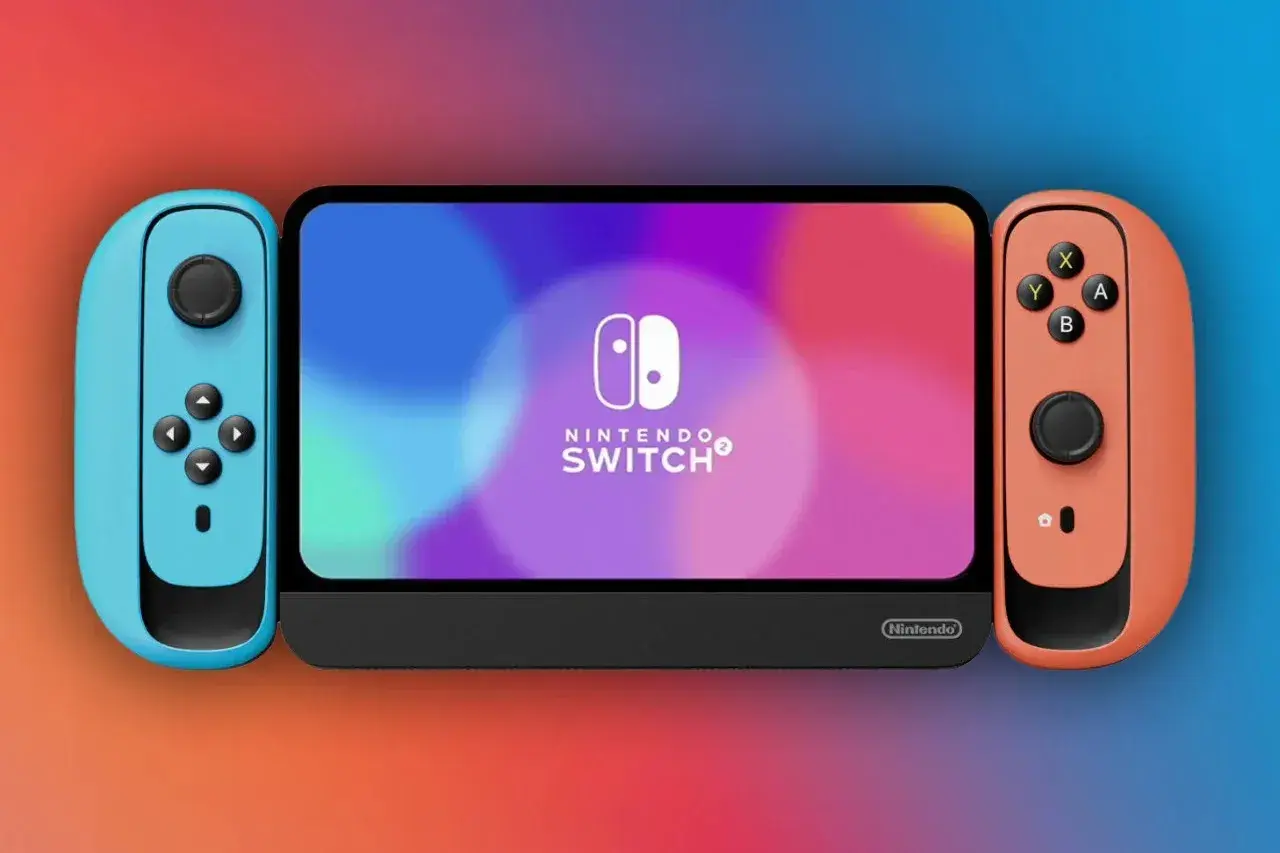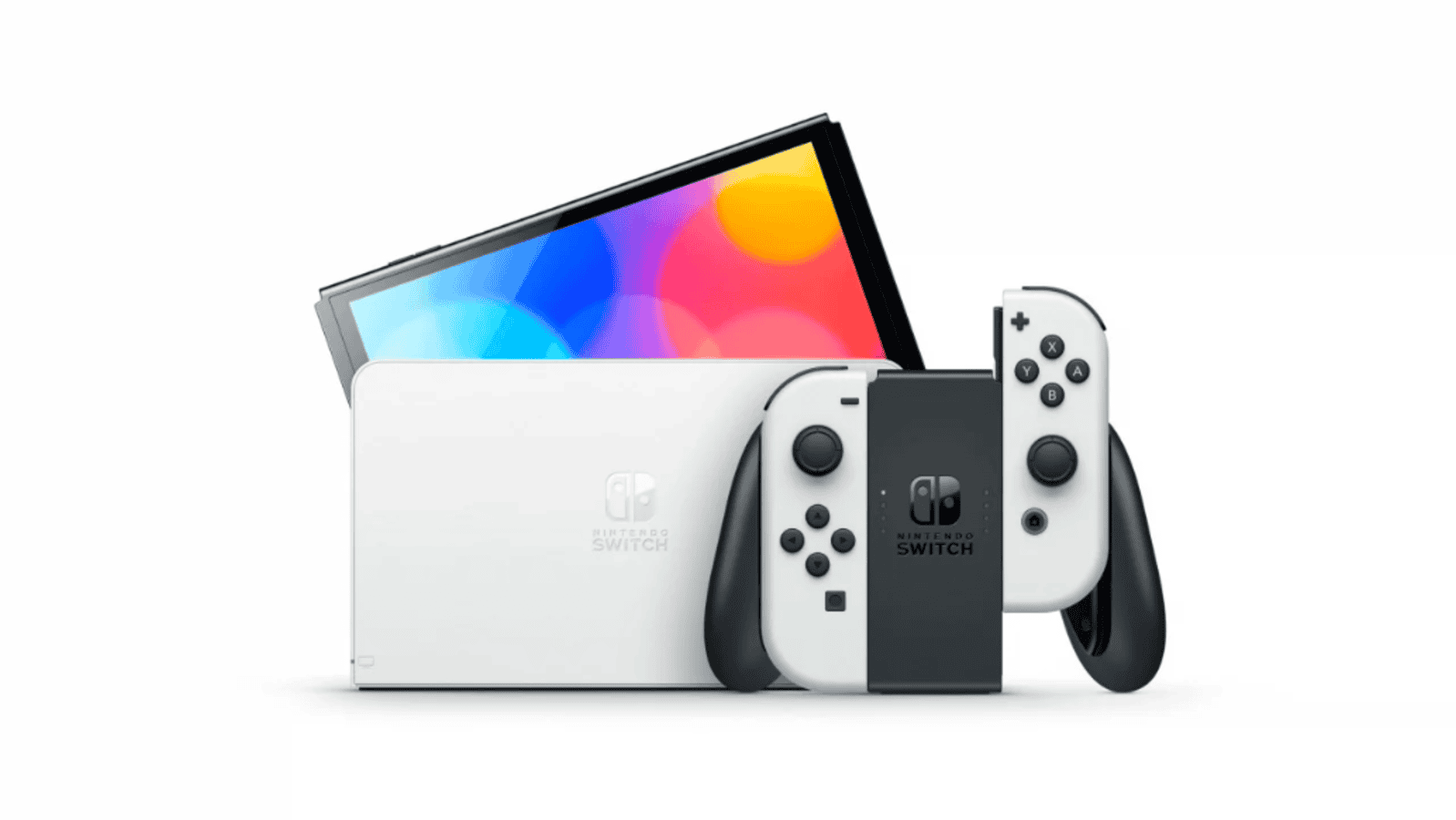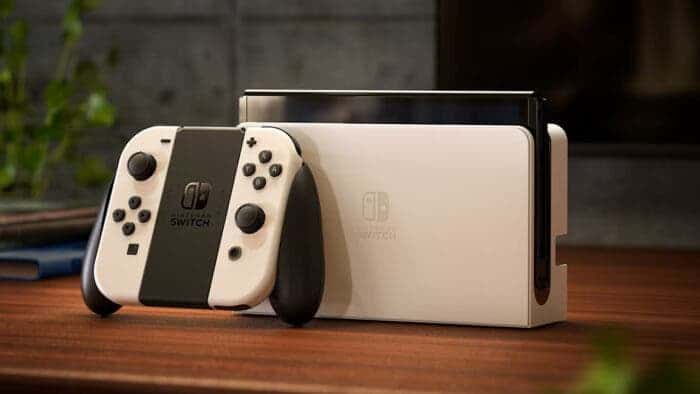Nintendo’s stance against emulation has become more aggressive in recent times. The company, known for its strict protection of its titles and characters, has expanded its efforts to block not just emulators themselves, but also YouTube creators who show them. The well-known Switch emulator, Ryujinx, has been shut down, and now YouTube pages that feature Nintendo emulators are being hit with copyright warnings. One of the most affected creators, Russ from the channel Retro Game Corps, had to make changes after receiving two warnings.

YouTube Creator Faces Legal Woes
Russ, who runs Retro Game Corps, is a known figure in the gaming world. His videos focus on reviews of retro handheld systems, and he has built a large community. His channel, with over 500,000 subscribers, came under Nintendo’s spotlight. The issue started when he showcased games from older consoles, like the Wii-U, using emulation software. This led Nintendo to send copyright warnings, pushing him to take action.
To comply with these warnings, Russ has been forced to pixelate or remove all Nintendo games from his videos. Even classics, like the early NES games, had to be hidden. While his content mostly focuses on hardware reviews and retro systems, the presence of Nintendo games, no matter how old or outdated, was enough to trigger the company’s legal team.
Fair Use in Question
Russ, like many others in the gaming community, has raised questions about “fair use.” He claims that the videos are not about distributing games illegally but are instead meant to educate his viewers. He argues that showing emulated versions of games, especially those from older, no-longer-sold consoles like the Wii-U, does not harm Nintendo. However, the issue remains complex.
Although Russ is considering filing a counter-notice, he is hesitant due to the power that Nintendo holds in these disputes. Many content creators fear long and expensive court battles, and Russ is no different. He knows that going up against a company like Nintendo could drain his resources and potentially lead to the shutdown of his channel.

Nintendo’s History of Legal Action
Nintendo’s strict control over its intellectual property (IP) is not new. The company has been involved in many legal disputes over the years, targeting emulators, ROM sites, and even fan-made games. Their goal is clear: protect their characters, worlds, and stories from being copied or shared without consent. Nintendo’s legal teams are known for being rigorous, with little room for leniency.
The case of the Ryujinx Switch emulator is one of the most recent examples. This emulator allowed gamers to play Switch titles on PCs. Despite its popularity, it was seen as a direct threat to Nintendo’s business, leading to legal action. Now, the company has turned its focus to creators who use emulators, even in content that does not directly distribute or promote illegal copies of games.
Emulation: A Double-Edged Sword
The topic of emulation is a heated one in the gaming world. Emulators allow players to experience older games that are no longer available for purchase, often on modern devices like PCs or mobile phones. In this sense, emulators help preserve classic titles, ensuring that they can still be played even after the original systems are obsolete.
However, there is a darker side to emulation. Many emulators are bundled with ROMs, which are illegal copies of games. This means that players can download and play games without buying them, which is a clear violation of copyright laws. Nintendo’s fight against emulators is focused on stopping this illegal activity, but it also affects those who use emulators for legitimate purposes.
One of the biggest concerns raised by critics of Nintendo’s actions is the issue of game preservation. Many classic titles, especially those from the NES, SNES, and Wii-U eras, are no longer available for purchase. In some cases, the original hardware needed to play these games is hard to find or no longer functions. This leaves emulation as one of the few ways to access these old games.
For many fans, emulation is not about piracy, but about preserving gaming history. Nintendo, however, views the situation differently. The company has made efforts to re-release older games through services like the Nintendo Switch Online subscription, but not all titles are available. This leaves gaps in the availability of older games, which emulators can fill.
Legal vs Ethical Debates
Nintendo’s aggressive approach has sparked debate within the gaming community. On one side are those who believe the company has every right to protect its IP. They argue that emulation, even when used for preserving games, often leads to piracy and hurts the sales of newer versions of games.

On the other side are those who feel that Nintendo’s tactics are too harsh. They argue that the company’s refusal to make certain games available through official channels forces gamers to turn to emulation. In their view, it’s focus should be on making more classic titles available legally, rather than going after YouTube creators and emulator developers.
Conclusion
Nintendo’s fight against emulation is not going away. The company continues to take a hardline stance, going after emulators, YouTube creators, and anyone else they believe is infringing. While this approach has its supporters, many in the gaming world see it as too strict. Especially for older titles that are no longer available through official means. The debate between legal rights and ethical concerns over game preservation will likely continue for years to come.





